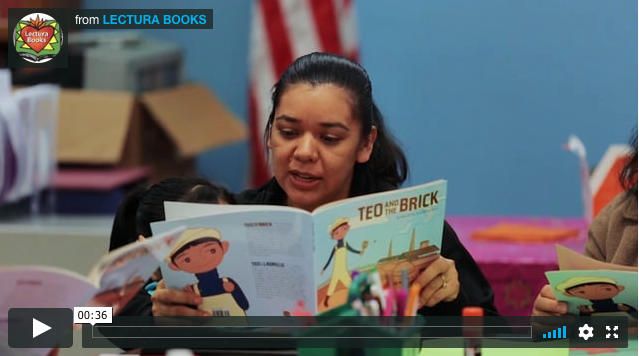 Reading Proficiency by Third Grade
Reading Proficiency by Third Grade
The Annie E. Casey organization, dedicated to developing a better future for millions of at-risk kids, says if policymakers and schools focus on the highest quality teaching, family support, summer programs, attendance and school readiness, then reading proficiency by third grade is an attainable goal for the American school child.
As it stands now, the organization states that millions of kids in the country reach the fourth grade not knowing how to read well. Unfortunately, because of this and other learning difficulties, many of them will never hold a high school diploma in their hand on graduation day.
According to an in-depth report by the organization, it says that low-income kids and children of color are the most at-risk. For instance, one study showed that from this group about 85 percent of fourth-graders from high-poverty schools failed to reach proficient level reading scores on the National Assessment of Educational Progress (NAEP). Another challenge that many of these same kids are grappling with is that they are also English language learners (ELL).
Even though the above figures are disheartening, the Early Success organization says that parents of ELL children play an integral role in their academic success and can make up the difference. To assist in preparing their ELL child for formal reading instruction, parents who introduce the wonders of books through shared or interactive book reading can help in a big way with reading proficiency by third grade.
For Hispanic ELL kids, the Latino Family Literacy Project has a number of outstanding programs to assist youngsters in become reading proficient. One of the Project’s programs, for example, is just for preschoolers. Using bilingual books tailored to this age, parents teach school readiness, ask questions and learn to read with them. Another program is for elementary-age children and is a reading program that the whole family can enjoy while also building literacy skills. Teachers can attend a one-day, program training at a workshop near them or via an online webinar.
